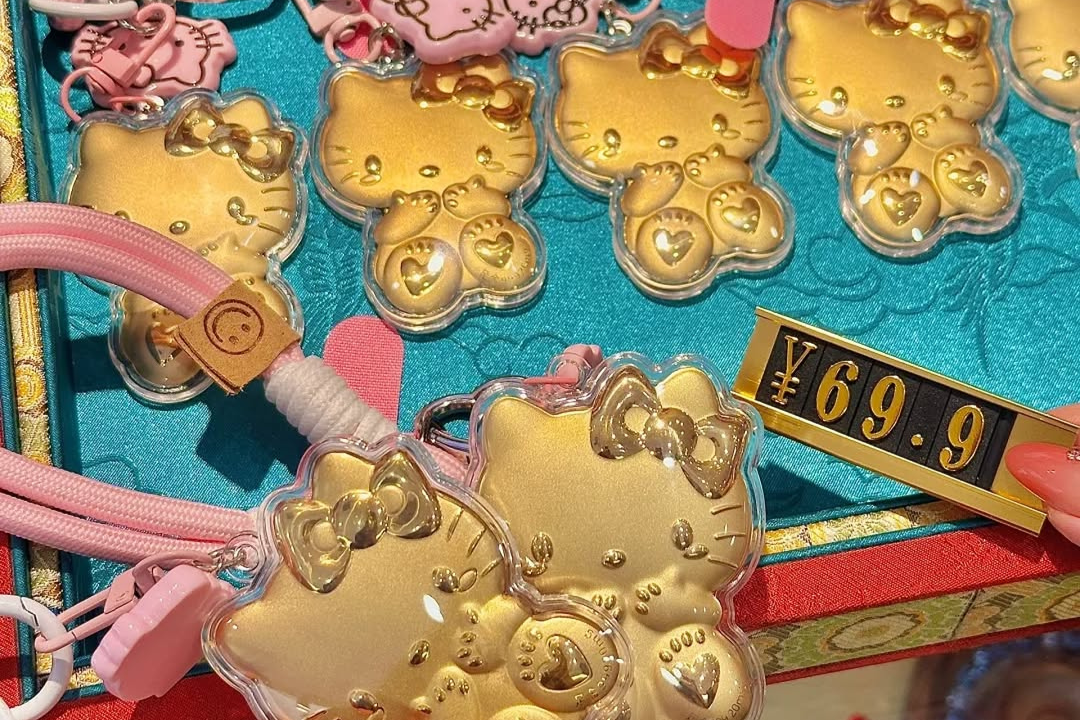This recent news item touches on a few of Radii’s core content areas (things Chinese millennials do, weird theme parks, problems of scale):
China is home to about 100 known firefly species in 21 genera, with perhaps 100 others yet to be discovered. Spread across the country like a vast and sparkling tapestry, China’s lightning bugs could surely be considered a national treasure. Yet skyrocketing demand for live specimens is driving a lucrative trade that now threatens their survival. In recent years Chinese urbanites have flocked to theme parks for massive firefly shows, and alarming numbers of the insects have become romantic gifts. According to the Firefly Ecological Alliance (FEA), a Chengdu-based conservation organization, over 17 million live fireflies were purchased in 2016. Most were sold through Taobao, the popular online shopping platform, where one vendor reportedly sold as many as 200,000 per day.

That’s a report by Scientific American from Wuhan’s East Lake Peony Garden, China’s first firefly-themed amusement park. The park has as many as 10,000 fireflies at any given moment, corralled into the park for the delight of children and pairs of amorous Chinese 20-somethings, whose “lust for romance is a death trap for fireflies” (Sixth Tone’s killer headline).
To curb China’s newfound insatiable lightning bug lust, the East Lake Peony Garden recently switched to lasers to mimic the effect of having thousands upon thousands of flickering flies light up on demand. But Scientific American reports that the network effect of this newly created market for indigenous Chinese firefly species like Abscondita terminalis, A. chinensis, and Aquatica ficta may spell ecological disaster:
Although buyers bask in their luminous glow, such prolific commerce spells doom for China’s fireflies. Although these insects spend up to two years as larvae, flying adults last for just two weeks. Of those sold online, an estimated one quarter to one half will die in transit. And those that do reach their destination alive are unlikely to reproduce, due to unsuitable conditions for mating and egg-laying.
They conclude: “Do we really want our children and grandchildren to live in a world devoid of fireflies?” No. We don’t.
Photo: Hubei.gov.cn













